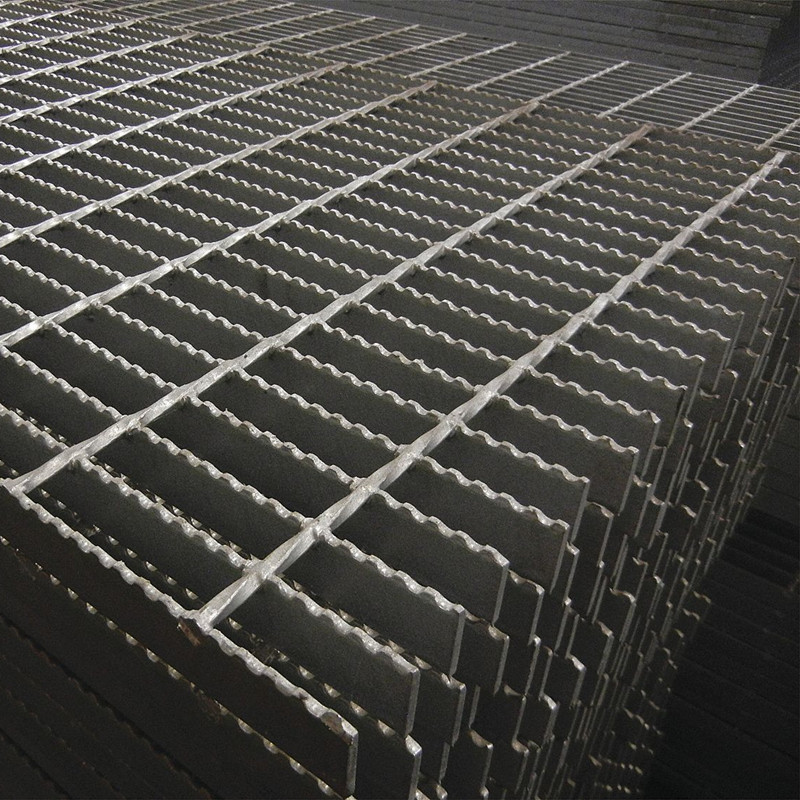8 月 . 16, 2024 09:05 Back to list
Top Rated Manufacturers of Premium Hexagonal Wire Netting for Versatile Applications and Durability
High-Quality Hexagonal Wire Netting Factories A Closer Look
Hexagonal wire netting, also known as chicken wire or hex wire mesh, is a versatile and durable product widely used in agriculture, construction, and various decorative applications. The increasing demand for high-quality hexagonal wire netting has led to the emergence of specialized factories focusing on the production of this essential material. In this article, we will explore the significance of these factories, the manufacturing process, and the key factors that contribute to the production of high-quality hexagonal wire netting.
Importance of High-Quality Hexagonal Wire Netting
Hexagonal wire netting serves multiple purposes; it is primarily used in poultry farming for fencing livestock, creating enclosures, and protecting crops. Beyond agricultural uses, these materials find applications in construction, such as wire mesh reinforcement, and in decorative settings, like garden fencing. The quality of the wire netting is crucial as it directly affects its strength, durability, and adaptability to various environments, particularly in resisting corrosion and mechanical wear.
With growing awareness about sustainability and safety in agriculture, high-quality wire netting is becoming increasingly important. Farmers and consumers alike seek products that can withstand harsh weather conditions and provide reliable protection without constant replacement. This demand has led to the rise of factories that specialize in producing superior hexagonal wire netting.
The Manufacturing Process
The production of hexagonal wire netting involves several critical steps to ensure quality and performance.
1. Raw Material Selection High-quality wire netting begins with selecting the right raw materials. Galvanized steel wire is commonly chosen due to its corrosion resistance and high tensile strength. The thickness and quality of the wire play a significant role in the final product’s durability.
2. Wire Drawing The selected steel is drawn into wires of varying diameters depending on the specifications of the wire netting. This process must be meticulously controlled to achieve consistent thickness, which is essential for creating a reliable product.
3. Mesh Formation The drawn wire is then woven into hexagonal patterns through specialized machinery. This step is crucial as it determines the mesh size and overall flexibility of the netting. Innovative weaving techniques and advanced machinery ensure that the resulting product meets specific strength and load-bearing requirements.
high quality hexagonal wire netting factories

4. Galvanization To enhance the wire’s longevity, the mesh is typically galvanized. This involves coating the wire with zinc, which acts as a protective barrier against rust and corrosion. Factories implementing high-quality galvanization methods significantly extend the lifespan of the wire netting, making it ideal for outdoor applications.
5. Quality Control After fabrication, each batch undergoes stringent quality control. Factors such as mesh size, wire tension, and corrosion resistance are tested to ensure that the netting meets industry standards and customer expectations.
Key Features of High-Quality Factories
Several factors distinguish high-quality hexagonal wire netting factories from their competitors
- Advanced Technology Utilizing modern machinery and production techniques contributes to efficiency and consistency in product quality.
- Expertise and Experience Established factories often have skilled workers who understand the intricacies of wire netting production. Their expertise ensures that high standards are maintained throughout the manufacturing process.
- Sustainability Practices Many leading factories emphasize eco-friendly practices, such as using recyclable materials and minimizing waste during production.
- Customer Service Strong customer service and support play a vital role in building rapport with clients and addressing their specific requirements for wire netting applications.
Conclusion
High-quality hexagonal wire netting is essential for a variety of applications, and the factories that produce this material are pivotal in ensuring its quality and reliability. By focusing on advanced manufacturing processes, selecting the best raw materials, and adhering to strict quality control measures, these factories cater to the increasing demand for durable and effective wire netting solutions. As industries continue to evolve, the importance of these factories will only grow, solidifying their role in agriculture, construction, and beyond.
-
Temporary Fence Base Products Durable & Reliable Manufacturer Solutions
NewsMay.30,2025
-
Best Africa Chicken Netting Hexagonal Wire Mesh Durable & Weatherproof
NewsMay.30,2025
-
Australian Temporary Fence Solutions Durable & Reliable Products
NewsMay.30,2025
-
Galvanized Steel Gabion Net & Trusted Gabion Factory Solutions High Durability
NewsMay.29,2025
-
Top-Rated Removable Fences Durable & Easy-Install Solutions
NewsMay.29,2025
-
Steel Expanded Metal Mesh Fence
NewsMar.07,2025



